On the evening of June 15th, Beijing time, the much-anticipated Polkadot Kusama parachain slot auction was officially launched. In the next few weeks, various projects within the ecology will conduct a limited first batch of auctions through public bidding. The slots are fiercely contested.
Polkadot.jsThe homepage of the auction shows that as of 14:00 on June 23, 12 projects from different tracks such as DeFi, smart contract platform, privacy, storage, and games have finished bidding, and the number of KSM raised in the Crowdloan module has exceeded 770,000 pieces were sold.
The auction results for the first slot were released yesterday. Acala Pioneer Network Karura won the championship with a lock-up volume of more than 500,000 KSM, becoming the first project to access the Kusama parachain. In the subsequent slot competition, Moonriver (Moonbeamimage description
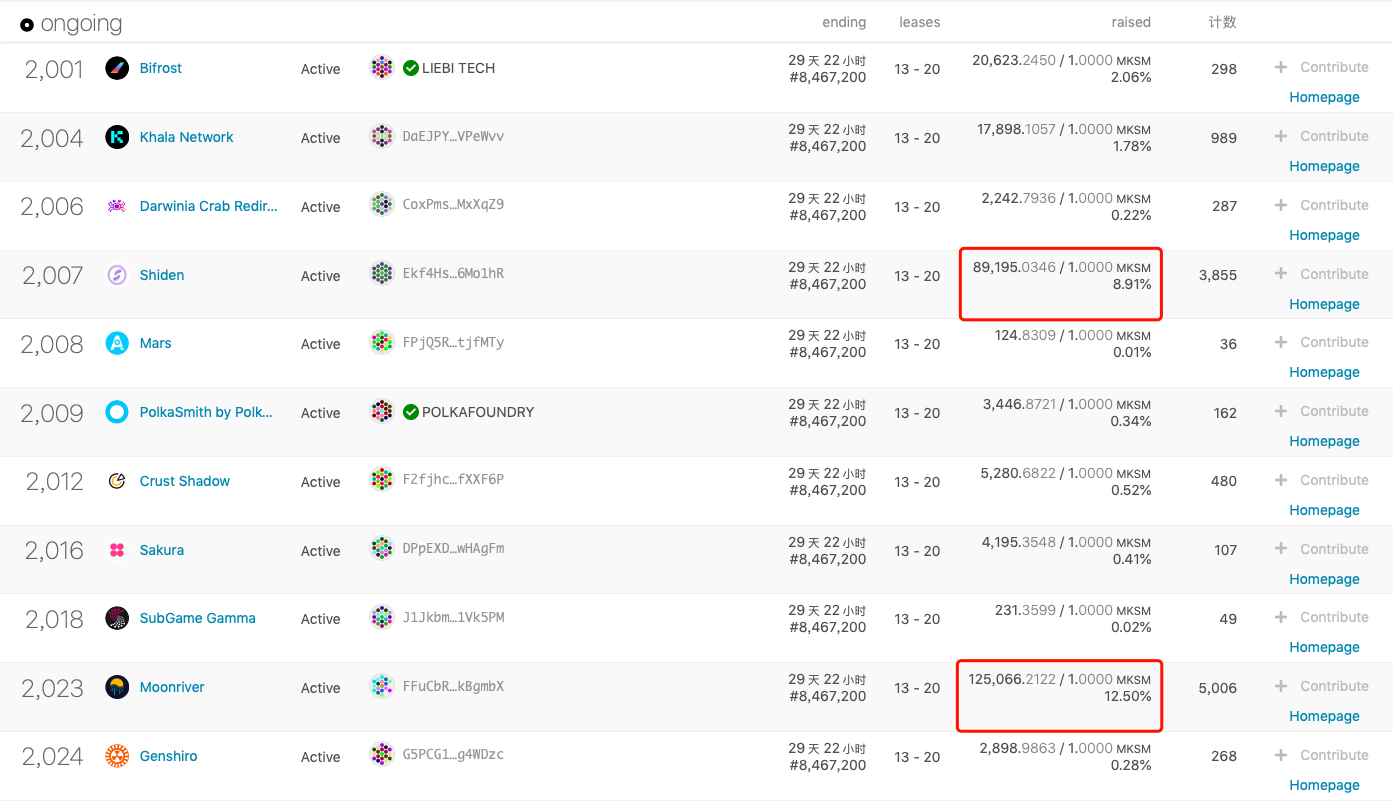
The data ends at 14:00 on June 23
The first slot was Karura, which was basically in line with the community's previous speculation, but the competition for the second slot was somewhat surprising. Plasm (Shiden), which integrated the first parachain on the Polkadot test network Rococo V1 in the early stage, failed to lead the second-slot competition as many people expected, but fell behind Moonbeam (Moonriver), a sudden "dark horse" .
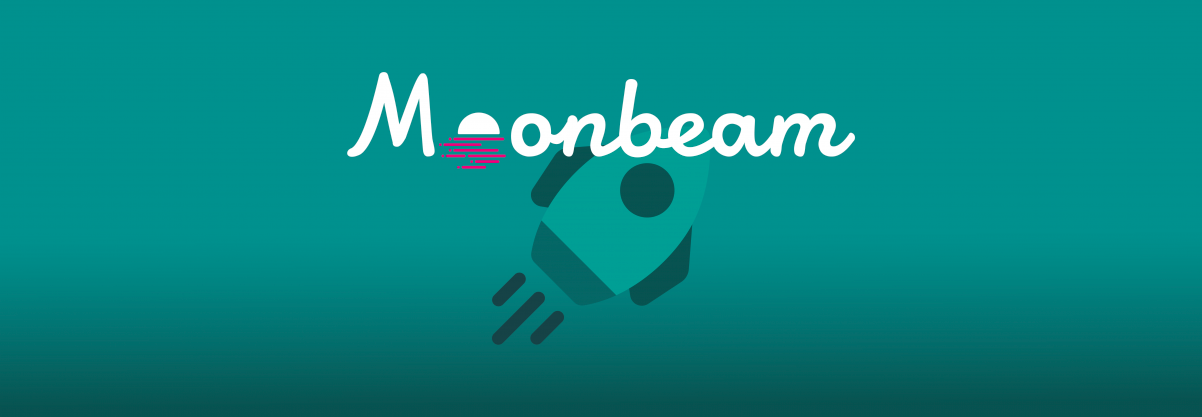
Where the hell is Moonbeam? Readers who don't know much about Polkadot's ecology may have heard of this name before, but most of them haven't had a deep understanding. In fact, calling Moonbeam a "dark horse" is somewhat biased,For a long time, Moonbeam has been the most potential seed player in the Polkadot ecosystem, and it is one of the rare projects in the circle that has received investment from Binance and Coinbase at the same time. A few months ago, PureStake, the development team of Moonbeam, just completed a strategic financing of US$6 million. In addition to Binance and Coinbase, CoinFund, IOSG Ventures, ParaFi and other star investment institutions also participated.
As for the surprise brought by the auction performance to the market, it may be due to the tonality of the project. Unlike Acala, which is in full swing, Moonbeam, which is also a seed-level project, just like its name "Moonlight", has always adhered to a low-key and restrained style. In addition, the development team is based overseas, and the domestic community has little publicity. Many users who have been paying attention to the Polkadot ecology for a long time do not have enough understanding of Moonbeam.
However, in the eyes of investors who are familiar with Moonbeam, the value potential of this project is no less than any other project in the Polkadot ecosystem.From an ecological point of view, Moonbeam will play a more basic role than many other projects. From the perspective of future vision, the goal that Moonbeam wants to achieve is also higher and farther.
secondary title
Highly compatible, the best place for Ethereum projects to move into Polkadot
Moonbeam's project positioning is based on Polkadot's smart contract platform.
Smart contracts are the cornerstone of building Dapps, but since the Polkadot (and Kusama) relay chain itself does not support smart contracts, if the project party wants to build its own application based on Polkadot, generally speaking, there are only three paths: take a parachain , share parallel threads, and build applications based on other parachains that support smart contracts.
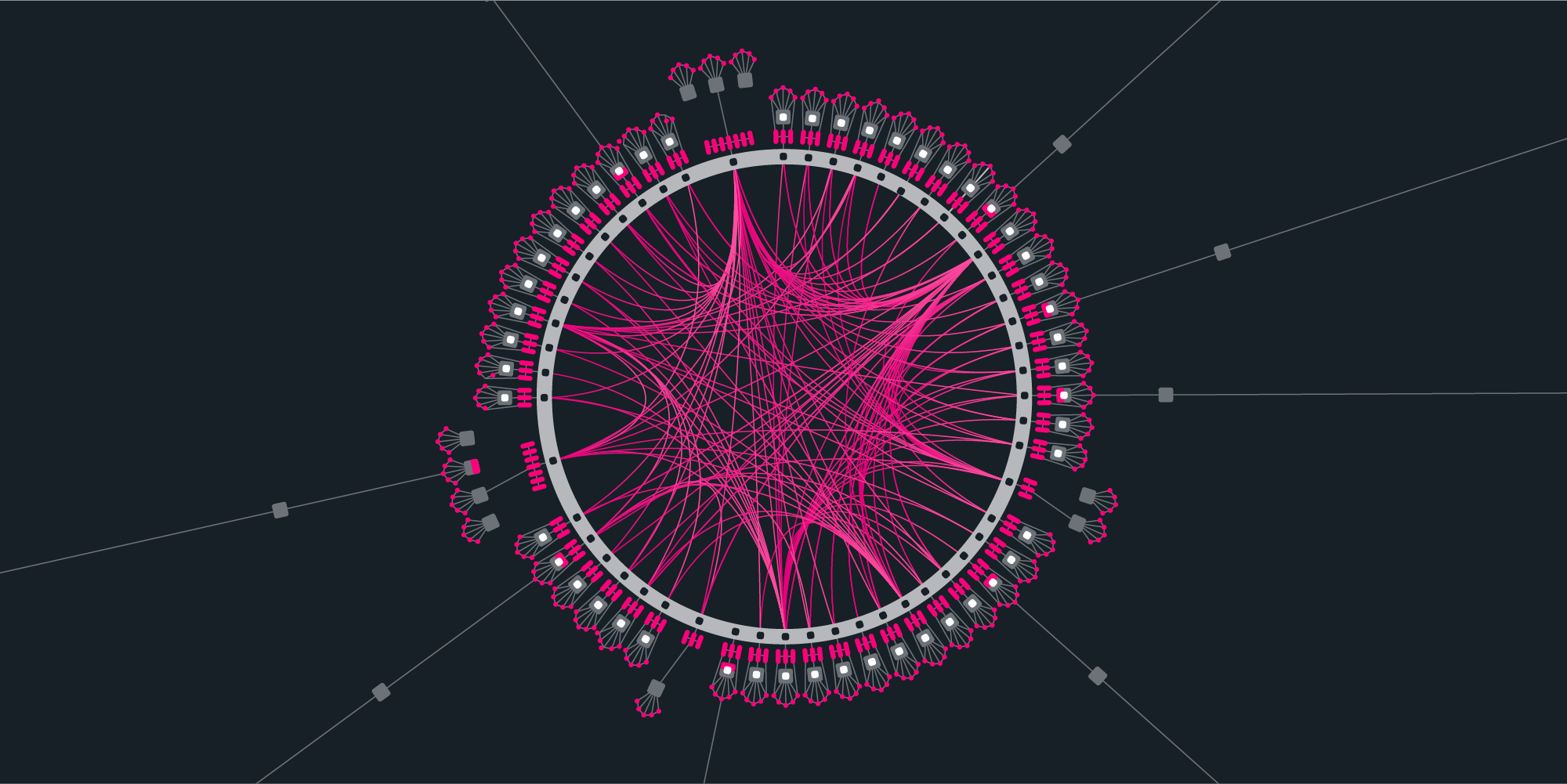
Limited by factors such as the load capacity of the relay chain, the number of open parachain slots in Kusama and the Polkadot network in the early stage will not be too many, and the number of projects that have the opportunity to access in the form of parachains must be limited. In addition, participating in parachain auctions requires The higher economic cost also has certain requirements on the development completion of the project party, so it may not be suitable for all projects.
Parallel threads allow multiple projects to rent the same parachain in units of blocks. In theory, it can better solve the problems of insufficient number of parachains and high costs. However, at the current stage, the development of parathreads has not yet been completed. There is no certainty when it will land.
The last method is the most flexible and has the lowest development cost, which is to directly build applications based on parachain projects that support smart contracts. Moonbeam is such a smart contract platform.Based on Moonbeam, developers can freely build various Dapps in a faster and cheaper environment. At the same time, because Moonbeam has extremely high compatibility with the Ethereum Virtual Machine (EVM) and supports Solidity language, external ecological project developers will Existing Solidity smart contracts and Dapps front-ends can be deployed on Moonbeam with minimal code adjustments.
It can be seen that the business model of Moonbeam will be closer to the underlying smart contract public chains such as Ethereum and Solana to a certain extent. It is just that the parallel chain connected to Polkadot is selected in the structure, and the two are formed through this structure. A positive and complementary relationship has been established,On the one hand, Moonbeam connected to the parachain can share the security and cross-chain composability of the Polkadot network. Conversely, a smart contract platform such as Moonbeam can also alleviate the limitation of the number of slots on the ecological scale of Polkadot.
Users who pay attention to the Kusama online auction may find that the most promising early slot projects are basically (or part of their business involves) a smart contract platform like Moonbeam, including Karura, which auctions the first slot, and is competing with Moonriver. Shiden in the second slot. It is not difficult to understand that the number of the first batch of open parallel chains on the Kusama network is only 5. If there is no access to projects such as Moonriver, only a few projects "entertain themselves", and more projects want to come in. No path can be found, which is obviously not what an open ecology should look like.
Although the business direction is the same, there are strategic differences in the paths chosen by various smart contract platforms. Compared with other smart contract platforms such as Acala, Plasm, and Patract,Moonbeam will pay more attention to the full compatibility with Ethereum, aiming to build a more familiar development and operating environment for developers and users who are accustomed to Ethereum.
Objectively speaking, Moonbeam’s compatibility with Ethereum is indeed higher than other smart contract platforms in the ecosystem, contract language, development tools, account structure, signature scheme... Moonbeam has achieved a high degree of restoration of Ethereum in many aspects . Users who participated in the Moonriver parachain auction crowdfunding may notice a detail. When filling in the MOVR receiving address, Moonriver is the only one that allows users to fill in the ERC-20 address (20 bytes) instead of the Polkadot standard Substrate address (32 bytes). bytes), because Moonbeam did itaddress compatible, realizing "address unification" across Polkadot and Ethereum.
However, some voices in the community have certain doubts about Moonbeam not supporting the Wasm smart contract language for the time being. We specifically asked this question, and Moonbeam said that currently only supporting the Solidity language is based on market demand. The project needs to be relocated, and the user education level of this ecology is also relatively high, so Solidity is the first choice, but it does not rule out that other development languages will be supported in the future.
secondary title
Celebrity applications have settled down one after another, and the ecological landscape has taken shape
As mentioned earlier, Moonbeam’s business model is similar to the underlying smart contract public chain to a certain extent. When it comes to public chains, it is natural to mention ecological construction.
As the smart contract platform with the highest degree of compatibility with Ethereum in the Polkadot ecology, Moonbeam’s small ecology has taken shape—the small ecology here is only an expression of the big ecology of Polkadot, which is like the big ecology of Ethereum All Layer2 will be a small ecology in a relatively sense.
According to official statistics, there are quite a few projects that have announced that they will be integrated into Moonbeam, including Chainlink, The Graph, Sushiswap, Balancer, Polkastarter, DODO and other well-known projects. In terms of ecological scale alone, Moonbeam is no less than Many well-known public chains.
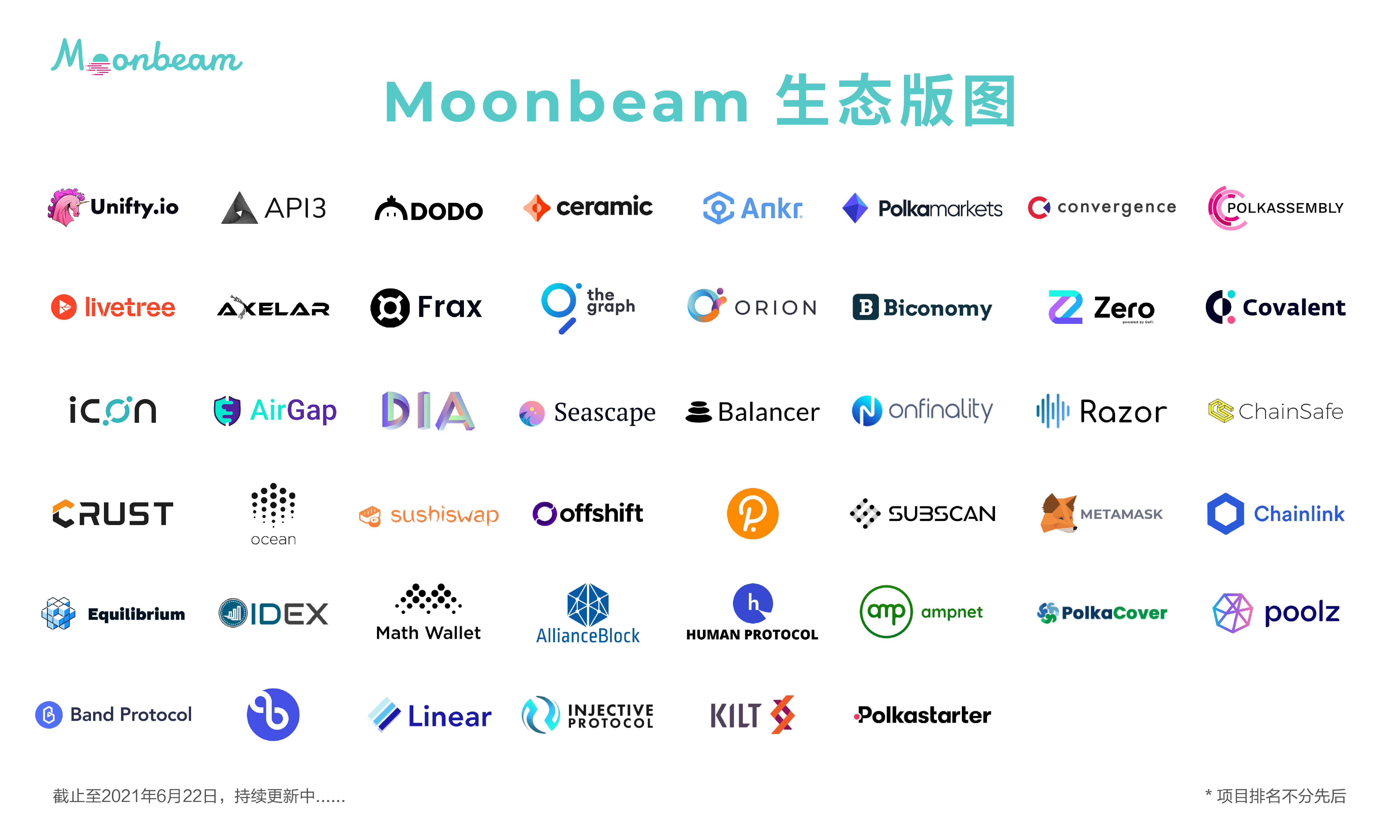
In order to further improve the ecosystem and attract more projects, Moonbeam has previously launched the Grant Acceleration Program, which aims to support development teams with technical strength and creativity through financial support, technical development assistance, and market resource sharing. alreadyopen free application。
Considering that the ecological development is still in the early stage, the Grant Acceleration Plan will focus more on infrastructure layer projects such as oracles, API services, wallets, and governance tools in the early stage. Projects that have received Grants include Subscan, MathWallet, Onfinality, Polkassembly, etc. , as the foundation becomes stronger day by day, the plan will gradually favor application layer projects such as DeFi and NFT in the future.
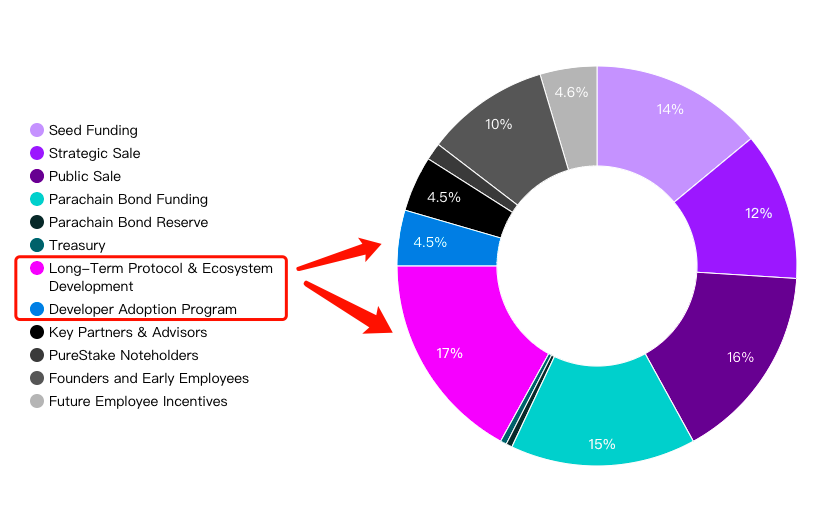
secondary title
Moonriver, Moonbeam One Step Ahead
Having said so much, it is time to talk about the issues that users are most concerned about. For ordinary investors, how to enjoy the development dividend of Moonbeam is the most important thing.
It should be emphasized that Moonbeam’s main network tokens will not be issued until Moonbeam successfully accesses the parachain of Polkadot’s main network. At the current stage, users can only use the KSMvote forFirst network Moonriver to obtain the network token MOVR.
As Polkadot's leading network, Kusama has similar code logic and a more flexible operating environment. With the accumulation of consensus, today's Kusama network is no longer a test field for testing, but has formed a platform independent of Polkadot. Card's ecological value system. Moonriver is to Kusama what Moonbeam is to Polkadot. It will play its own independent value within the Kusama ecosystem and attract more projects into the Kusama ecosystem.
According to Moonriver’s previously disclosed crowdfunding incentive plan, throughout the lease period, 30% of the total supply of MOVR (that is, 3 million MOVRs) will be distributed as rewards to all crowdfunding participants who support Moonriver.With the current lock-up plan of 125,000 KSM, each KSM voted to Moonriver can get about 23.95 MOVR rewards.
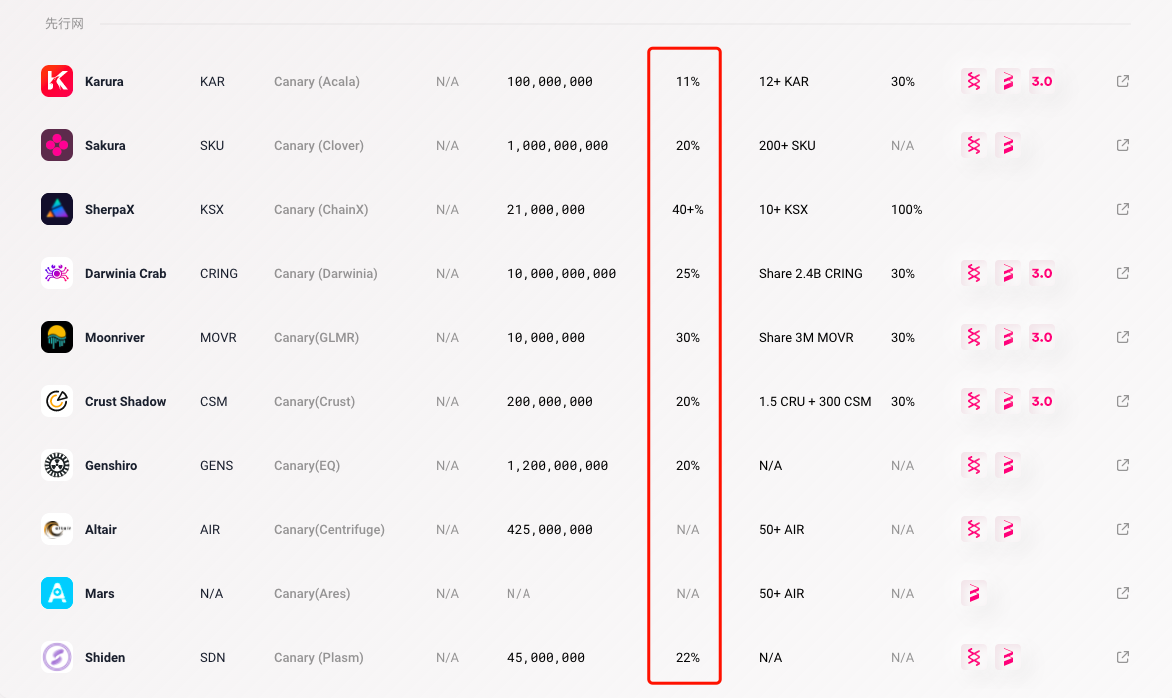
Parace.ioAccording to the data, the figure of 30% is quite strong in the projects participating in the auction in the form of Xianxing.com. Among the seed-level projects that are expected to auction the first three parachains, the strength of Moonriver is significantly higher than other auctions opponent.

Token distributionToken distributionsecondary title
Based on Polkadot, rebuilding Ethereum
In the communication with the Moonbeam team, we have always had such a question - with Moonbeam's technical strength, we can completely develop a brand new high-performance public chain by ourselves, why should we choose to build based on Polkadot? You must know that according to the conventional logic of the market, public chain projects can often obtain higher valuations. At the end of the chat, we posed this doubt to Moonbeam.
Moonbeam said that before the project was launched, the founding team had asked a large number of project developers to find out what their real needs were. In the end, Moonbeam found that expansion is only the basic needs of developers, compared withDevelopers hope to expand project boundaries, achieve mutual empowerment through higher-level combinations, and explore greater market space and value potential, but as far as the current situation is concerned, most of the new generation of public chains only see the basic demand of expansion, but do not see higher dimensions, and Polkadot's open cross-chain architecture is an ideal foundation to solve this pain point, so Using Polkadot as the basis is the best choice for Moonbeam.
The multi-chain pattern is gradually taking shape, and Polkadot is expected to become the central hub of the multi-chain world in the future. As the smart contract platform with the highest compatibility with Ethereum in Polkadot, what Moonbeam wants to do is to restore the development and operation of Ethereum as much as possible The model provides the most familiar construction environment for project parties who want to enter the Polkadot ecosystem, and helps the entire Polkadot ecology flourish.
This is the ultimate vision of Moonbeam -Based on Polkadot, create a new Ethereum。